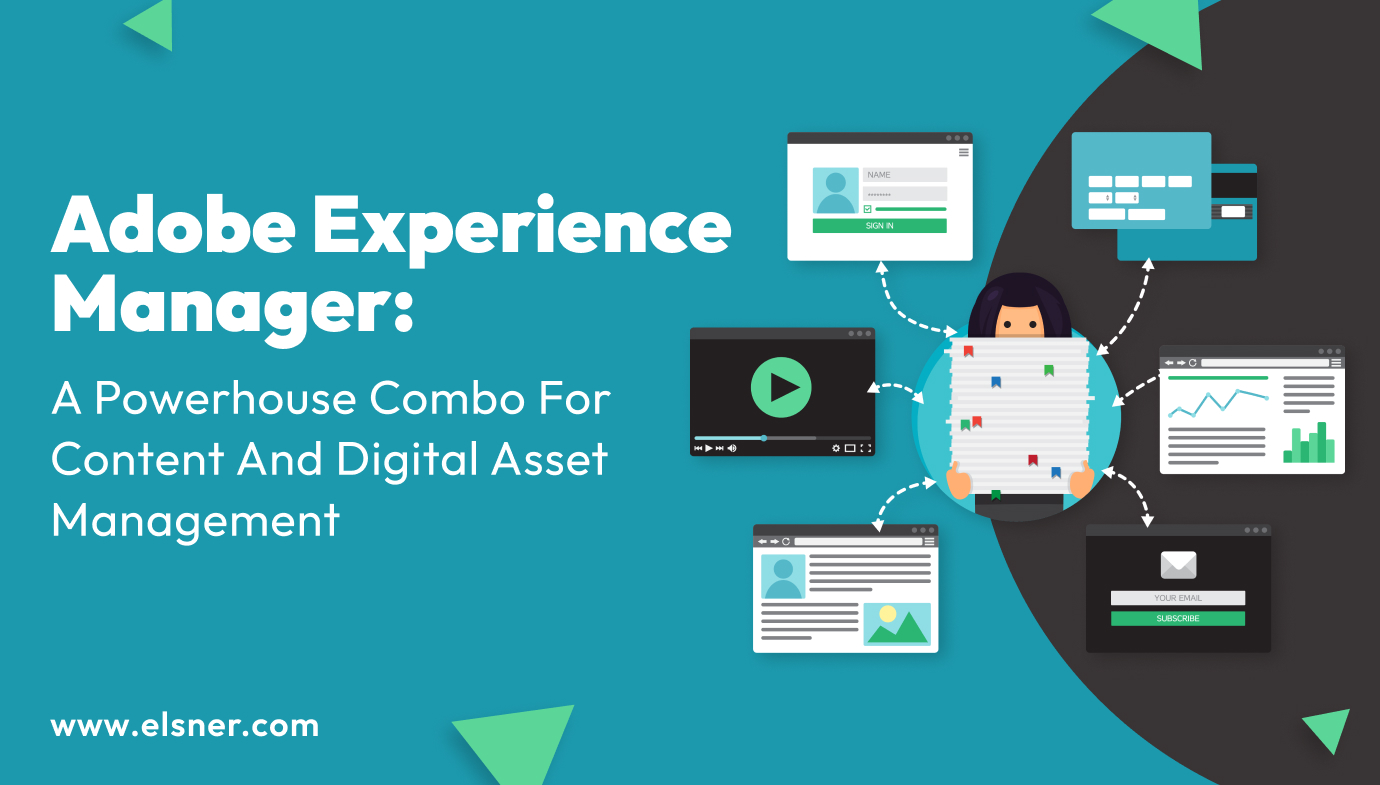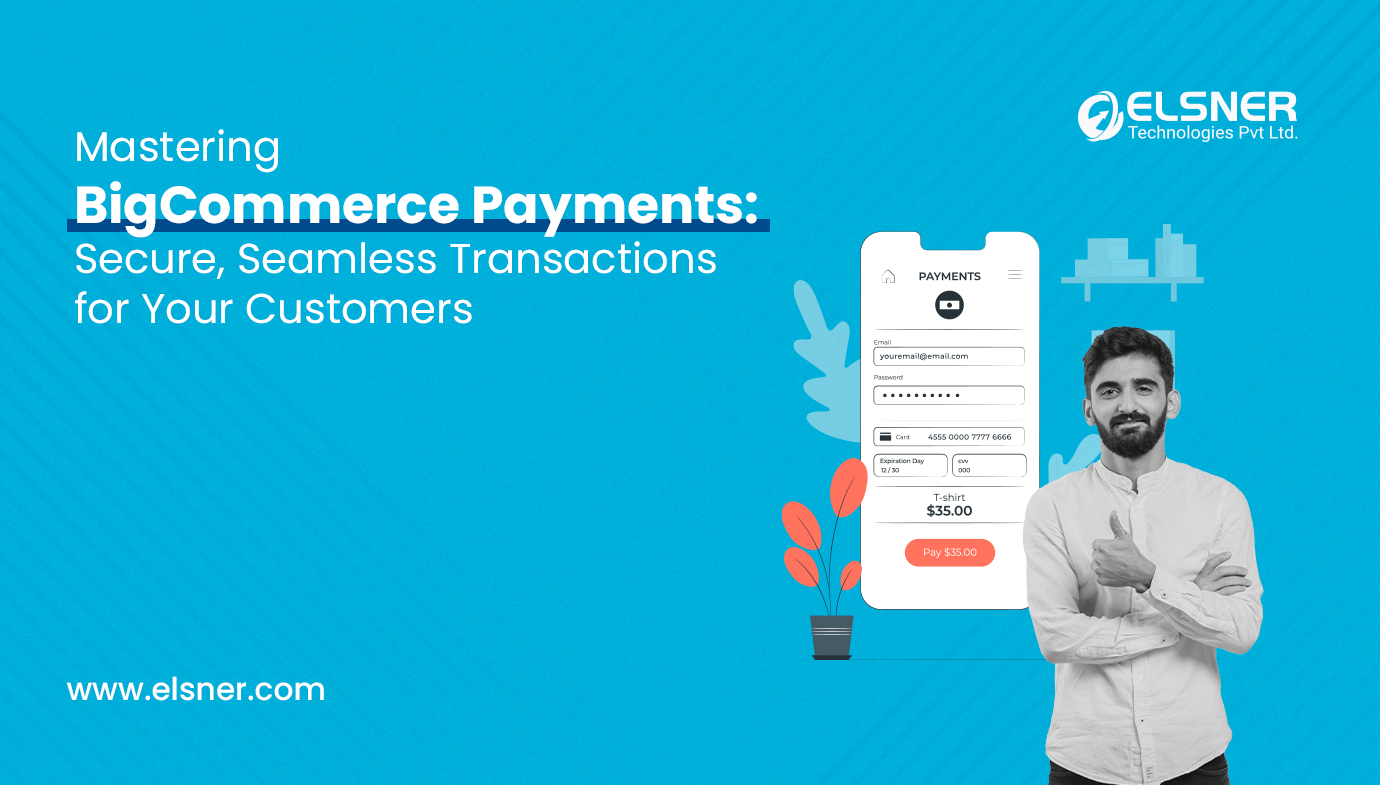- Adobe Experience Manager and its Functioning
- Some Top functionalities of Adobe Experience Manager (AEM)
- 1. Content Creation and Management:
- 2. Digital Asset Management:
- 3. Personalization and Targeting:
- 4. SEO and Analytics Integration:
- What are the Benefits of Adobe Experience Manager?
- Why is Adobe Experience Manager an Important Tool for Content Optimization?
- How to use Adobe Experience Manager for Content Optimization?
- 1. Content Audit and Analysis :
- 2. Set Content Objective and Audience :
- 3. Personalize Content :
- 4. Conduct Tests :
- 5. Search Engine Optimization:
- 6. Responsive Design :
- 7. Keep an Eye on Real-time Data :
- Some Useful Tips to Boost SEO with AEM
Adobe Experience Manager (AME) is a detailed content management solution which is designed by Adobe. The primary aim behind its development is to help businesses and business owners to create, deliver and manage customized customer experiences across different digital channels. Over the years, it has evolved as an integral part of Adobe’s Marketing Cloud suite. It is a robust platform for content creators, developers and marketers worldwide to optimize content efficiently and effectively. Various organizations are delivering engaging and consistent customer experiences through AEM with their mobile phones, websites, or emails. So, if you’re planning to use Adobe Experience Manager for your content optimization then this guide will be helpful for you.Today, In this guide, we will understand how to use
Adobe Commerce to optimize content effectively. Additionally, we will talk about AME features, functioning and its benefits.
Let’s dive in!
Adobe Experience Manager and its Functioning
Adobe Experience Manager, or AME, is a digital and content assessment management app through which organizations create and deliver insightful content across multiple digital platforms. It is regarded as a one-stop solution that streamlines and eases the content optimization and management process. By using AME, it is easier for users to create and manage content on a highly intuitive and friendly interface.Additionally, it provides adequate support to content authoring, versioning, and approval workflows, allowing teammates to collaborate, which ensures content consistency. On Adobe Commerce, users can organize and manage digital assets like images, videos, documents, and other media files for users, allowing them to find and use them quickly.
Some Top functionalities of Adobe Experience Manager (AEM)
1. Content Creation and Management:
- Adobe Experience Manager offers a user-friendly interface where users can create landing pages, web pages, articles, blogs and other digital assets.
- AEM works as an umbrella where content authors can work together and collaborate to create content, send drafts and get approvals.
2. Digital Asset Management:
- Using digital asset management, storing, managing and organizing digital assets such as videos, documents, images and others is easier. These can be shared, categorized and tagged across various campaigns.
- DAM has a high-end filtering and research engine where finding and reusing content becomes easier.
3. Personalization and Targeting:
- Using Adobe Experience Manager, users can deliver personalized experiences to their audience worldwide. Marketers can closely study the demographics, user behaviors and other data points based on which rules can be formulated and defined.
- Different content can be generated from different audiences, and this application can deliver relevant content timely and automatically.
4. SEO and Analytics Integration:
- Adobe Experience Manager comes with built-in SEO capabilities using which content can be optimized to meet search engine requirements. Users can add URLs, meta tags, keywords and other SEO rules to improve SEO visibility.
- Additionally, it provides a real-time glimpse into user behavior, content performance and engagement metrics.
What are the Benefits of Adobe Experience Manager?
Adobe Experience Manager is known for offering a variety of benefits to its users. The top-most benefits of using AEM are:
- AEM is known for its effective content management, so users can easily create, edit or deliver content.
- AEM offers personalized user experiences to people worldwide despite their geographic location and other factors. This personalized content enhances overall customer conversion and engagement.
- AEM supports content delivery amongst various devices and channels, which builds a seamless experience across multiple mobile devices, desktops and others.
- AEM is known for its in-built SEO abilities, making it easier for organizations and businesses to optimize and improve their content strategy. Some of its most used features are SEO-friendly URLs and customizable meta tags that promote organic visibility and improve SEO ranking.
- AEM is known globally for its excellent security and scalability features, making it an effective application for all organizations. It minimizes the chances of content breaching.
Why is Adobe Experience Manager an Important Tool for Content Optimization?
There are multiple reasons why
Adobe Commerce is known as an important tool for content optimization. Here they are:
- Centralized content management: AEM is a centralized platform where users can easily manage different kinds of content like videos, images, documents and others. Using this feature, creators and marketers can collaborate without third-party interference.
- Personalization capabilities: AEM possesses great personalization capabilities to offer personalized experiences to all customers based on their personal preferences, choices, behavior and other factors. Since the content is tailor-made to particular users, it improves customer satisfaction, boosts conversion rates and enhances engagement.
- Responsive design: AEM application widely supports responsive design, meaning the content can be accessed on different devices and screen sizes. It improves user satisfaction and convenience.
- Real-time analytics: Through the Adobe Experience Manager application, it is possible to closely observe real-time analytics, like insights and data about how the user interacts with the content. By closely studying the engagement metrics and user behavior, creators make better and more informed decisions.
- SEO friendly: Since AEM has SEO tools and features, it optimizes content to rank higher on Google. This enhances overall visibility and drives natural traffic to the website.
How to use Adobe Experience Manager for Content Optimization?
Using Adobe Experience Manager to optimize your content is a long process with different steps and strategies. Here is the complete guide to using
Adobe Experience Manager for content optimization:
1. Content Audit and Analysis :
- Run a thorough audit of all the existing content. Find out content that requires improvement.
- Use AEM’s integration or other tools to analyze customer behavior, conversion rate and engagement metrics carefully.
2. Set Content Objective and Audience :
- Clearly define what you want to achieve from your content. You can set content objectives.
- Once your content objective is defined, determine your target audience and use targeting capabilities to produce personalized data.
3. Personalize Content :
- With the help of AEM’s personalization features, you can deliver tailor-made solutions to users based on their preferences, demographics and behavior.
- Creating personalized experiences promotes higher conversion rates and attracts leads.
4. Conduct Tests :
- The next step is conducting multivariate and A/B tests to compare content. You can test different headings, calls to action, images and more.
- Using these testing capabilities to the fullest, finding the best combination and measuring the overall performance of all variants is easier.
5. Search Engine Optimization:
- AEM’s built-in SEO allows users to optimize their content effectively. Here, you can optimize titles, descriptions, meta tags, URLs and others, improving the chances of higher search rank and visibility.
6. Responsive Design :
- AEM offers a responsive design feature using which you can make your content mobile-friendly, which means it can run on various devices and screen sizes without compromising on the overall quality.
7. Keep an Eye on Real-time Data :
- AEM is known for continuously monitoring user interactions with posted content. This application provides real-time insights into what’s working in your favor. Using these data, you can make informed decisions and amplify your content strategy.
Some Useful Tips to Boost SEO with AEM
Adobe Experience Manager comes with built-in SEO features which improve content visibility. Here are some potential tips to enhance SEO on AEM:
- Keyword optimization: Keywords are the most crucial aspect of SEO. Using the AEM app, incorporating relevant keywords into your content is a non-tedious and seamless process. Conduct detailed keyword research to find all high-traffic and relevant keywords and align them into your content naturally for maximum benefit.
- SEO-friendly URLs: Through AEM, you can customize URLs for different web pages. Use keyword-rich and descriptive URLs, which give an insight into the content. Ensure these URLs are short and concise.
- Header and structured content: To improve your SEO rankings, it is crucial to use proper headers, including H1, H2, H3, Title and more. The search engine understands the content hierarchy through these tags.
- Internal linking: You can also link different articles or blogs from your website to drive more traffic to them. This process is called internal linking.
- Image optimization: AEM comes with an image optimization feature. This feature makes it easier to compress the picture without losing its quality. Add an alt text to help SEO understand the content.
- Optimize meta description and title: Title tag and meta description significantly improve your search engine rankings. AEM ensures every page features a long, descriptive and unique title and description. You can add primary or secondary keywords to enhance results.
Wrapping Up!
Improving the content and search engine rankings is a never-ending process that requires hard work, dedication and excellent optimization skills. Adobe Experience Manager is an all-in-one application that caters to different aspects of digital experience creation. It is a complete solution that empowers businesses and organizations to improve their search engine ranking and content management strategies using this powerful tool. By following all the excellent practices outlined in this article, you can grab customers’ attention, secure better visibility, attract more leads and generate better conversions. Additionally, it comes with a feature to analyze your website’s analytics in real-time and adapt excellent SEO strategies. Whether you’re looking to optimize your content or implement excellent AEM solutions, you can hire Magento developers to help you. We hope this article helped you understand Adobe Experience Manager and how you can optimize it for content.

About Author
Dipak Patil - Delivery Head & Partner Manager
Dipak is known for his ability to seamlessly manage and deliver top-notch projects. With a strong emphasis on quality and customer satisfaction, he has built a reputation for fostering strong client relationships. His leadership and dedication have been instrumental in guiding teams towards success, ensuring timely and effective delivery of services.




